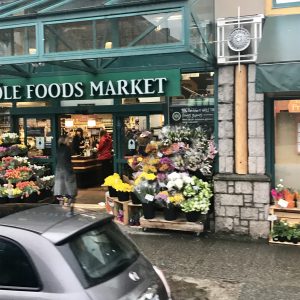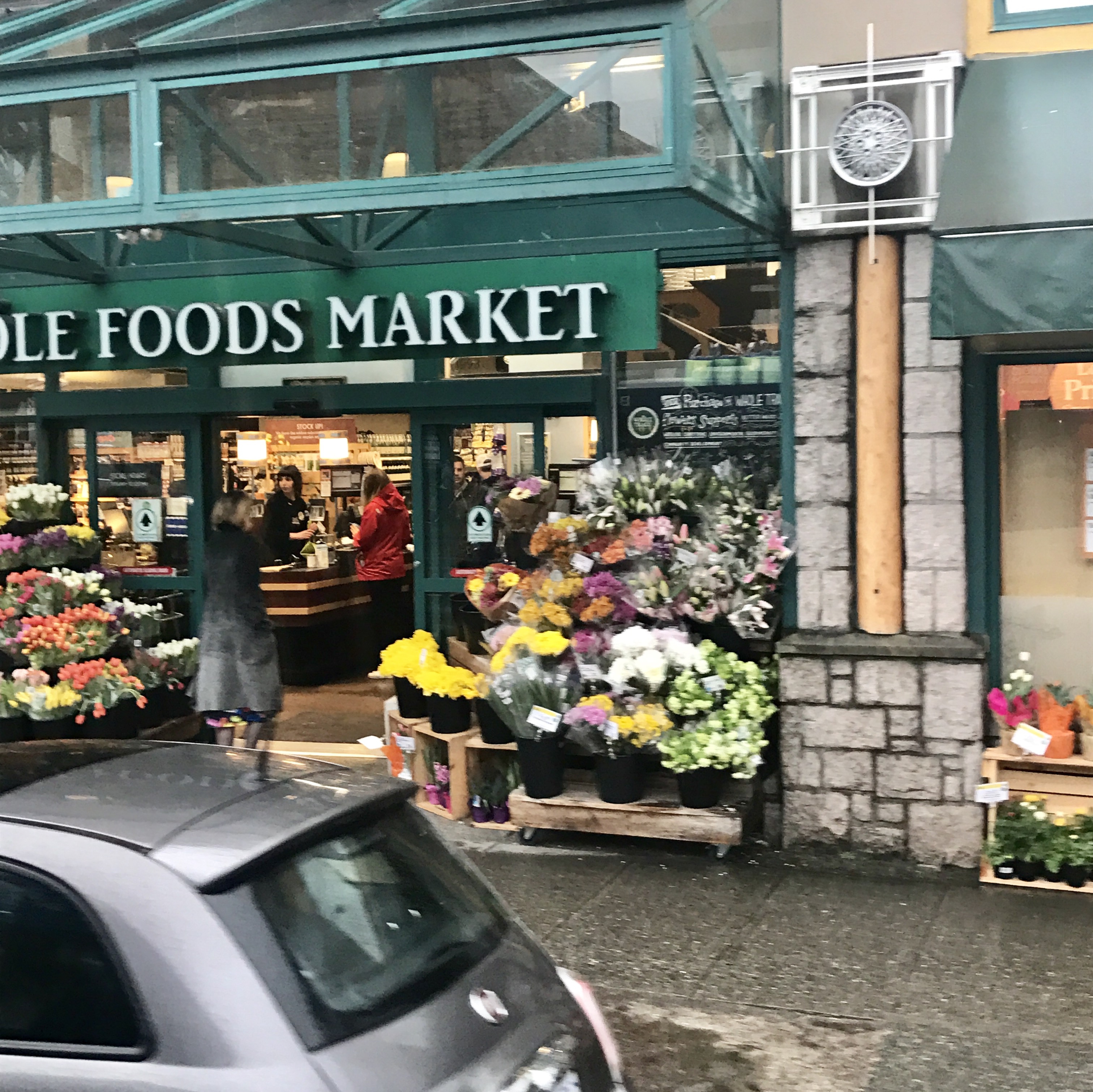The Commodification of the Colombian Cut-Flower Market

This photograph of flowers being sold outside of a grocery store in demonstrates a local example of the commodified labour of cut flower workers in Colombia, both through the processes of their production and exportation, and with their associated meanings through their consumption, particularly with Valentine’s Day.
The term ‘commodification’ describes “the process by which something becomes a commodity to be marketed, sold, traded and exchanged, usually for a market value” (Catungal, 2017). Therefore, objects are valued not only for their practical use, but more so with their ability to be exchanged, bought or sold (Catungal, 2017). For example, the use value of Colombian flowers are mainly for sentimental and aesthetic purposes, but through their commodification, these flowers are cut, washed and packaged by labourers in poor working conditions in order for them to be exported to North America. (Catungal, 2017).
The Colombian cut flower market is also part of a ‘commodity chain’, which chronicles “the geographical distribution of the process through which a commodity is made and sold to customers” (Catungal, 2017). The flowers are grown and cut in Colombia, but are exported and sold to consumers all throughout North America. However, it is important to take note that where a product is produced and where it is sold is strategic and decided upon large corporations who take advantage of global inequalities within a global capitalist system in order to generate a profit (Catungal, 2017). Giant North American companies move their production sites to places where they can pay their workers lower wages, and where there are more relaxed labour laws (Catungal, 2017).
Within this commodity chain, however, are gendered and racial divisions due to social constructions (Catungal, 2017). For example, women, particularly of Asian descent, are depicted as being inherently ‘nimble and dainty’ and therefore assigned the tasks of gardening, pruning etc (Catungal, 2017). In contrast, men are depicted as stronger than women and are thus tasked with jobs such as maintenance and planting (Catungal, 2017). Due to the feminization of labour, “these tasks deemed women’s work are paid less than those considered to be men’s work” which in turn furthers economic and social inequalities in Colombia (Catungal, 2017). It is evident that the commodification of Colombian flowers does little to benefit the labourers.
While commodification is exemplified through the process of production and distribution, we also need to be aware of the “social and cultural meanings that are attached to them”, as they can become a “fundamental form of a new cultural system for representing social change” (Catungal, 2017). Valentine’s Day represents the peak of Colombian flower sales in North America, and traditional heteronormative rules imply that men are the purchasers of these flowers and women are the receivers (Patel-Campillo, 2012, p. 283). Flowers, in this context, symbolize that one loves their partner. These gendered understandings of the holiday are reinforced through advertisements in order to persuade male customers to buy these flowers for women (Patel-Campillo, 2012, pg. 285). In turn, to meet the demand for this busy time of year, there is an “intensification of work routines and schedules for flower workers in Colombia” (p. 283), which make their work environments even more precarious (Patel-Campillo, 2012). With the result of flowers having a cultural association with love in North America, the increased commodification during Valentine’s Day has adverse effects on labourers.
Most of the people who walk, drive or bus past this grocery store are not aware of the commodity chain that exists in order for their flowers to arrive in their local town from ‘far away’ Colombia. It is very important to understand that as consumers, we assist in perpetuating poor working conditions for Colombian cut flower labourers through buying such a commodified product.
References:
Catungal, JP. (2017). Commodities: GRSJ 102: Social differentiation as world making (Week 10) [Powerpoint Slides]. Retrieved from https://connect.ubc.ca/bbcswebdav/pid-4041072-dt-content-rid-20876864_1/courses/SIS.UBC.GRSJ.102.002.2016W2.75486/102%20Lecture%2010.pdf
Patel-Campillo, Anouk. (2012). The gendered production-consumption relation: accounting for employment and socioeconomic hierarchies in the Colombian cut flower global commodity chain. Sociologia Ruralis, 52(3): 272-293.
